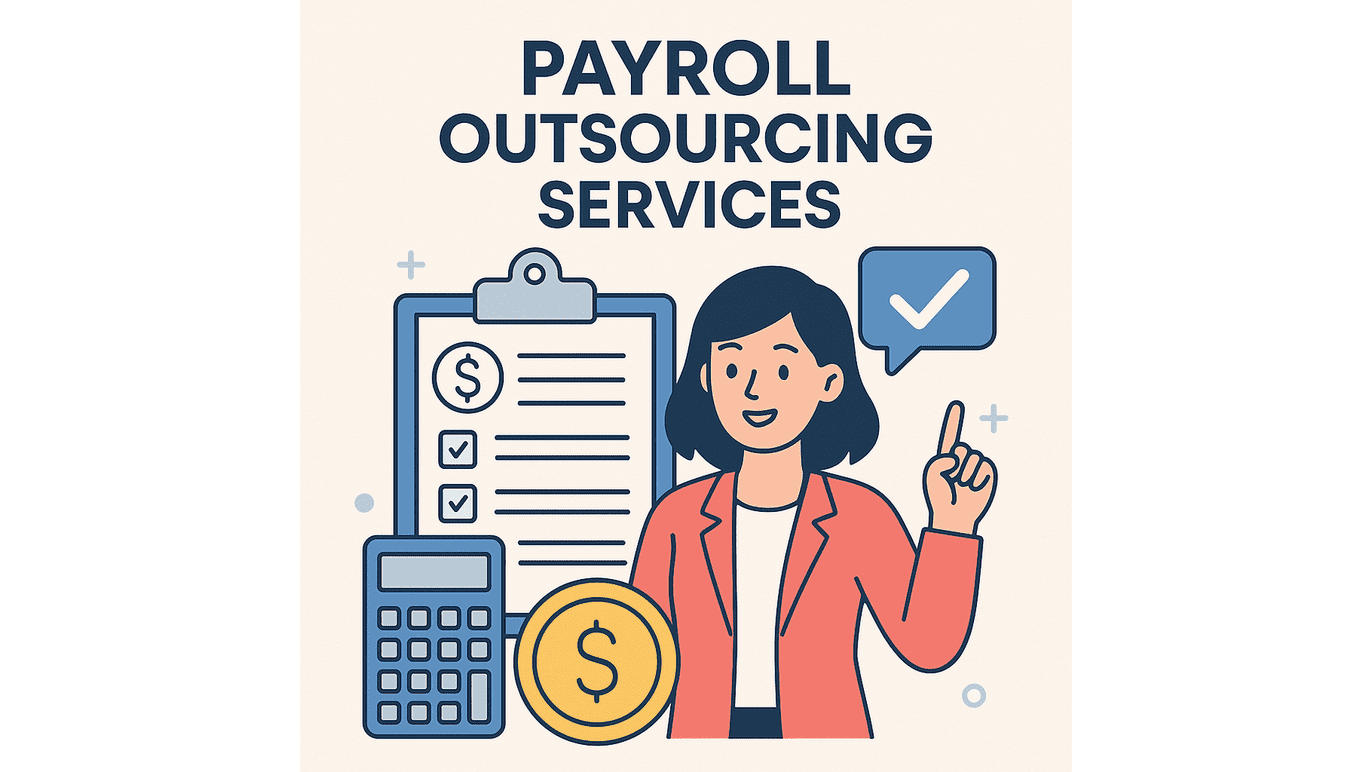
A Limited Liability Partnership (LLP) is an attractive business structure in India, offering the benefits of both a partnership and a corporation. LLPs combine the flexibility of a partnership with the limited liability feature of a company, making them a popular choice among entrepreneurs. Whether you’re starting a new business or converting an existing one, understanding the process of LLP Registration in India is crucial. This step-by-step guide will walk you through the process, ensuring a smooth and hassle-free registration.
Step 1: Obtain a Digital Signature Certificate (DSC)
The first step in the LLP Registration in India process is to obtain a Digital Signature Certificate (DSC) for the designated partners. Since the registration process is conducted online, digital signatures are required to sign the electronic documents. Partners need to apply for a DSC through authorized certifying agencies. Ensure that you have the necessary identification documents, such as PAN and Aadhaar cards, ready for this step.
Step 2: Apply for Director Identification Number (DIN)
Next, you need to apply for a Director Identification Number (DIN) for the designated partners. The DIN is a unique identification number required for individuals who intend to become directors or partners in an LLP. You can apply for a DIN simultaneously with the LLP registration process by filling out Form DIR-3.
Step 3: Name Reservation
Choosing the right name for your LLP is a critical step. The name should be unique and not similar to any existing companies or LLPs. To reserve a name, you need to file Form RUN-LLP (Reserve Unique Name) with the Ministry of Corporate Affairs (MCA). It’s advisable to select a name that reflects the nature of your business. The MCA will review the name and approve it if it meets the necessary criteria. Once approved, the name will be reserved for a period of 90 days.
Step 4: Filing the Incorporation Form (Form FiLLiP)
After obtaining the DSC, DIN, and name approval, the next step is to file the incorporation form, known as Form FiLLiP (Form for Incorporation of LLP). This form is used to register your LLP with the Registrar of Companies (RoC). You will need to provide details such as the LLP’s registered office address, business activities, and the partners’ information. Additionally, you must attach supporting documents like the LLP agreement, identity proofs, and address proofs of the partners.
Step 5: Drafting and Filing the LLP Agreement
The LLP Agreement is a crucial document that defines the rights, duties, and responsibilities of the partners. It also outlines the profit-sharing ratio, management structure, and other important terms. The agreement must be printed on a non-judicial stamp paper, with the value determined by the state in which the LLP is registered. After drafting, the agreement must be filed with the RoC in Form 3 within 30 days of incorporation.
Step 6: Certificate of Incorporation
Once the incorporation form is submitted and verified by the RoC, you will receive a Certificate of Incorporation. This certificate serves as official proof of the existence of your LLP. It includes important details such as the LLP’s identification number (LLPIN) and the date of incorporation.
Step 7: Apply for PAN and TAN
With the Certificate of Incorporation in hand, you can now apply for a Permanent Account Number (PAN) and Tax Deduction and Collection Account Number (TAN) for your LLP. These are essential for conducting financial transactions and fulfilling tax obligations.
Step 8: Bank Account Opening
The final step in the LLP Registration in India process is to open a bank account in the name of the LLP. You will need to submit the Certificate of Incorporation, PAN, and other relevant documents to the bank. A dedicated bank account is necessary for managing the finances and transactions of your LLP.
Conclusion
Completing the LLP Registration in Delhi or any other part of India can be a straightforward process if you follow the steps outlined above. By ensuring that all documentation is accurate and adhering to the legal requirements, you can successfully register your LLP and set your business on the path to growth and success.







